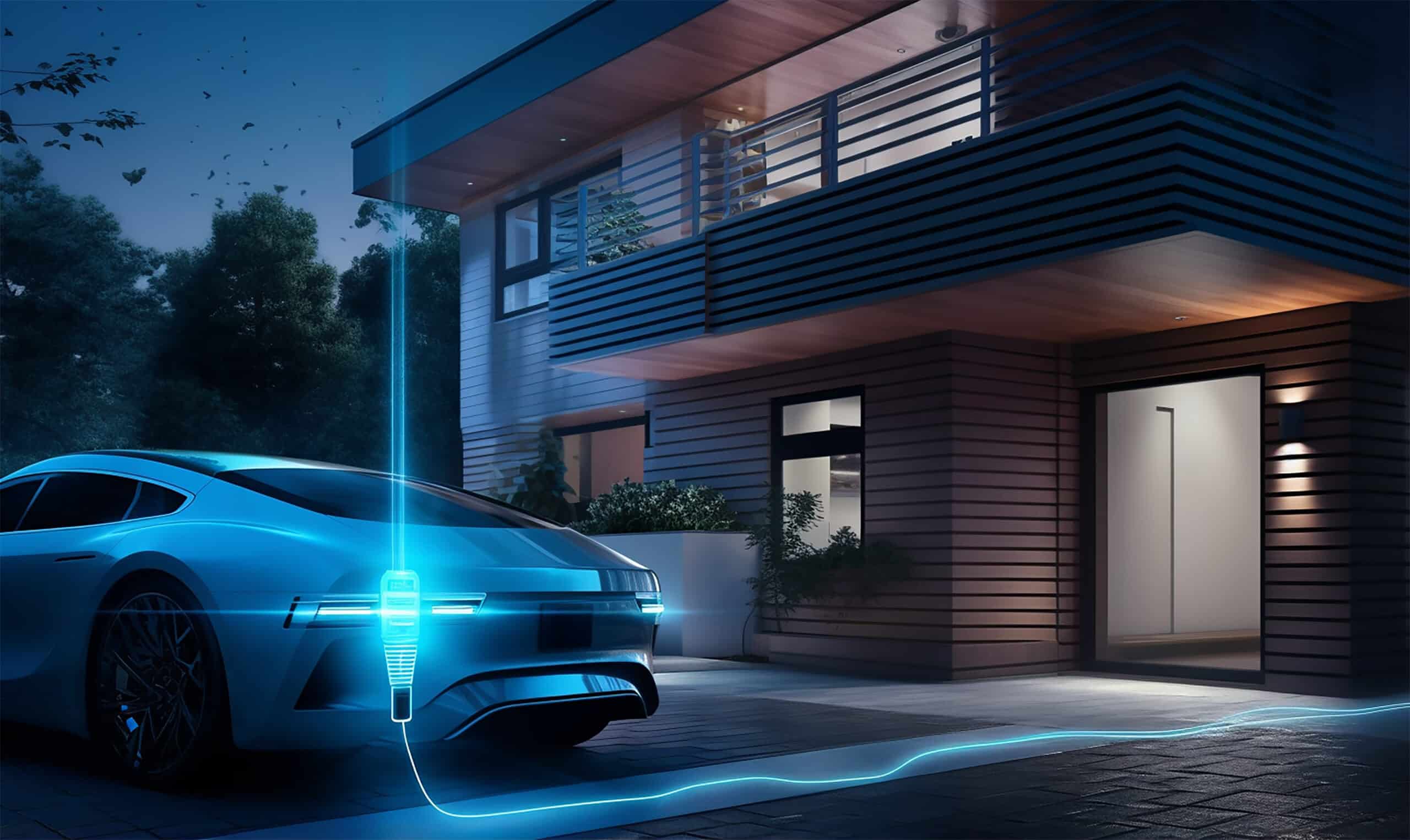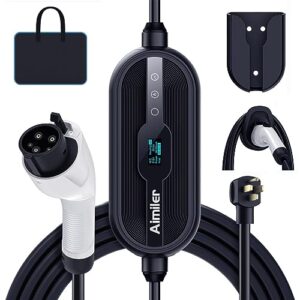How to Charge an Electric Vehicle at Home
Key Takeaways
- Level 2 chargers are the most common for home use, as they offer faster charging times compared to Level 1 chargers.
- Before installing a home electric vehicle charging station, it is important to check for the availability of a 240-volt outlet, as Level 2 chargers typically require this voltage for efficient charging.
- Utilizing off-peak utility times when electricity rates are lower can help save money on charging an electric vehicle at home.
As electric vehicles (EVs) become more popular, the demand for home charging solutions is on the rise. Charging your EV at home is convenient, cost-effective, and allows you to start each day with a full battery. In this article, we will guide you through the process of setting up a home electric vehicle charging station, step by step.
Determine the Type of Charger You Need
The first step is to determine the type of charger that suits your needs. There are three main types of EV chargers: Level 1, Level 2, and Level 3. Level 2 chargers are the most common for home use, as they offer faster charging times compared to Level 1 chargers.
Find a Suitable Location
Next, you need to find a suitable location for your charger. Ideally, it should be near your parking spot or garage for easy access. Consider factors such as proximity to an electrical outlet and the space required for installation.
Check for a 240-Volt Outlet
Before proceeding, check if you have a 240-volt outlet available. Level 2 chargers typically require this voltage for efficient charging. If you don’t have one, it’s advisable to hire an electrician to upgrade your circuits and install the necessary outlet.
Purchase a Compatible Charging Station
Once you have determined the charger type and confirmed the availability of a 240-volt outlet, it’s time to purchase a compatible charging station. Prices for home EV chargers can range from $300 to $800, depending on the brand and features.
Consider Installation Requirements
Some charging stations require hardwiring, while others can be plugged into the outlet directly. If your chosen charger requires hardwiring, it’s best to hire a knowledgeable electrician to ensure your infrastructure can support it.
Mount and Install the Charger
After purchasing the charging station, follow the manufacturer’s instructions for installation. Mount the charger on the wall in the chosen location and connect it to the outlet or complete the hardwiring process, if necessary.
Optimize Energy Usage
To save money on charging, consider utilizing off-peak utility times when electricity rates are lower. Many electric utility companies offer discounted rates during specific hours, allowing you to charge your EV at a lower cost.
Utilize Solar Energy
If you have solar panels installed at your home, you may be able to use the renewable energy they generate to support your vehicle charging. This not only reduces your reliance on the grid but also contributes to a more sustainable charging solution.
Increase Home Value
Adding a 240-volt infrastructure for a car charging station can increase the value of your home. As electric vehicles continue to gain popularity, having a dedicated charging solution can be an attractive feature for potential buyers.
Consider Multiple Electric Vehicles
If you have multiple electric vehicles in your household, you may be able to share one charger if it can reach both vehicles. This can help you save on installation and equipment costs while still providing convenient charging options for all your EVs.
Outdoor vs. Indoor Installation
If you don’t have a garage, you can still install an EV charger outdoors. However, it’s recommended to install it indoors if possible. Indoor installations provide better protection against weather elements and potential theft or damage.
Remember, the specific details and requirements for installing an EV charger at home may vary depending on your location and the charger model you choose. It’s always best to consult with a qualified electrician for proper installation and to ensure compliance with local regulations.
Related Websites:
FAQs:
Q: What are the different types of electric vehicle chargers available?
There are three main types of electric vehicle chargers: Level 1 chargers, Level 2 chargers, and DC fast chargers. Level 1 chargers use a standard electrical outlet and provide the slowest charging speeds. Level 2 chargers require a dedicated home charging station and offer faster charging. DC fast chargers are the fastest option and are typically found at public charging stations.
Q: Why is it important to select the right charger for my electric vehicle?
Selecting the right charger for your electric vehicle is crucial to ensure optimal charging performance. Different electric vehicle models have different charging requirements, including voltage and amperage. Using an incompatible charger can result in slower charging speeds or potential damage to the vehicle’s battery.
Q: What are the advantages of using a dedicated home charging station?
Using a dedicated home charging station offers several benefits. Firstly, it provides faster charging speeds compared to using a standard electrical outlet. Additionally, it offers increased convenience as it eliminates the need to rely on public charging stations. Lastly, a dedicated home charging station allows for more efficient and controlled charging, resulting in better battery health and longevity.
Q: How long does it take to charge an electric vehicle?
The charging time for an electric vehicle depends on various factors, including the battery size and the charging level being used. Level 1 chargers typically take 8-12 hours to fully charge a vehicle, while Level 2 chargers can charge a vehicle in 4-8 hours. DC fast chargers can provide an 80% charge in as little as 30 minutes.
Q: What are some safety considerations for charging electric vehicles at home?
When charging electric vehicles at home, it’s important to follow safety precautions. Avoid using charging cables with visible damage, as they can pose a risk of electric shock. It is recommended to use a surge protector to protect against power surges. Additionally, avoid overloading electrical circuits by not plugging in too many high-powered devices simultaneously. Always refer to the manufacturer’s guidelines for charging and safety instructions.






